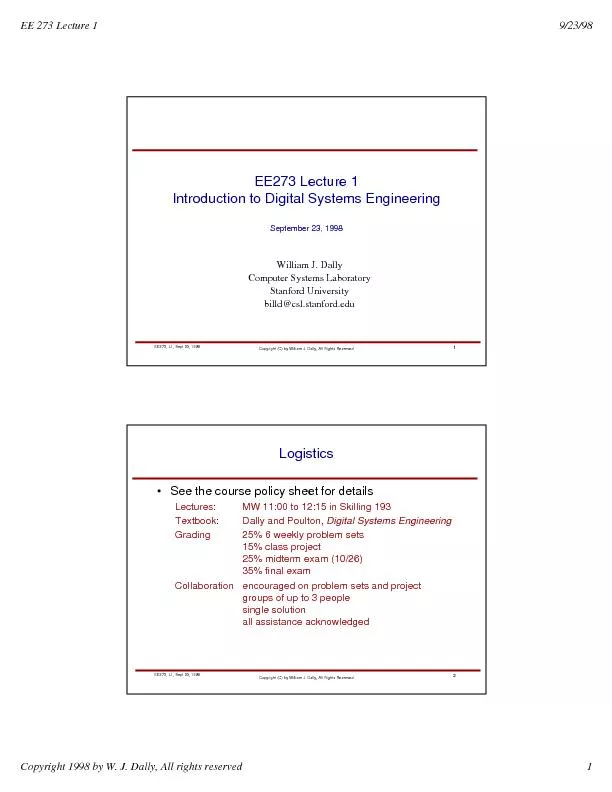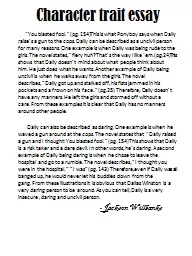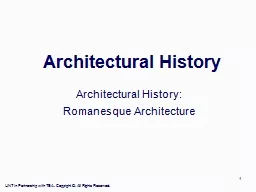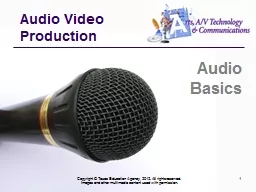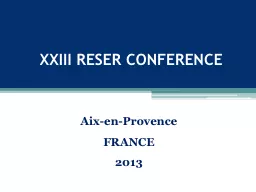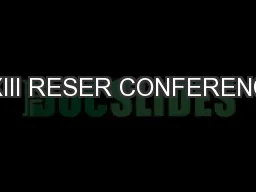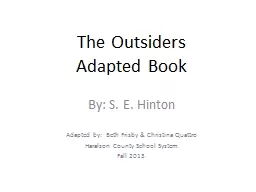PDF-EE 273 Lecture 19/23/98Copyright 1998 by W. J. Dally, All rights reser
Author : min-jolicoeur | Published Date : 2016-03-10
Copyright C by William J Dally All Rights Reserved EE273 L1 Sept 23 1998EE273 Lecture 1Introduction to Digital Systems EngineeringSeptember 23 1998William J DallyComputer
Presentation Embed Code
Download Presentation
Download Presentation The PPT/PDF document "EE 273 Lecture 19/23/98Copyright 1998 by..." is the property of its rightful owner. Permission is granted to download and print the materials on this website for personal, non-commercial use only, and to display it on your personal computer provided you do not modify the materials and that you retain all copyright notices contained in the materials. By downloading content from our website, you accept the terms of this agreement.
EE 273 Lecture 19/23/98Copyright 1998 by W. J. Dally, All rights reser: Transcript
Download Rules Of Document
"EE 273 Lecture 19/23/98Copyright 1998 by W. J. Dally, All rights reser"The content belongs to its owner. You may download and print it for personal use, without modification, and keep all copyright notices. By downloading, you agree to these terms.
Related Documents

